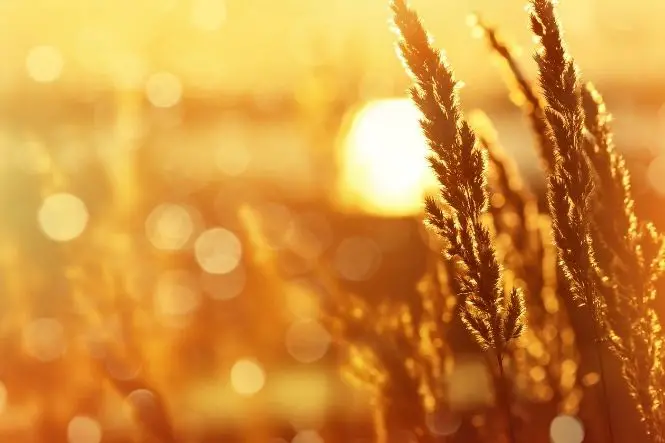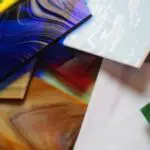Plants need water. Water in the cells helps plants to grow and make food, makes leaves and stems firm (a plant that needs watering wilts), and carries minerals from the soil.
Plants also need food. As plants cannot eat in the same way as animals, plants have to create sugars, by something called photosynthesis.
Table of Contents
Photosynthesis
The word comes from the Greek words for ‘light’ and ‘combination’. Photosynthesis uses chlorophyll (the green colouring in leaves), carbon dioxide from the air and sunlight, and produces oxygen and a sugar called glucose. Plants use the glucose to make starches, proteins and fats. These are used in the plant’s growth, as well as to store in seeds to feed new plants, and for times when there is no sunlight. These starches, proteins and fats make plants useful for making things, as well as good food for animals and humans.
The pondweed, Elodea canadensis, produces a lot of oxygen during photosynthesis.
Fill a tank or a glass bowl with water and leave it out for a couple of days to get rid of any chlorine. Put a small bunch of pondweed in the tank. Lower a glass jar into the tank, let it fill with water and then put it upside-down over the pondweed. Leave the tank in the sun and count the bubbles that come off the pondweed over a five-minute period. See how much oxygen collects at the top of the jar in a day.
Try the experiment in a light place but out of direct sun, and in the dark. Does this affect the number of bubbles and the amount of oxygen produced? If there is gas produced in the dark, do you think this is oxygen or carbon dioxide?
Chlorophyll
Chlorophyll is the pigment that makes plants green, and its name comes from the Greek words for ‘green’ and ‘leaf’. It is found in plants, algae and cyanobacteria. Chlorophyll is in a part of the plant cell called the chloroplast.
In the autumn, the chlorophyll in the leaves breaks down, and so the leaves lose their green colour, showing up the colours of other pigments in the leaves, including reds and yellows. Cover half of a leaf (still attached to the plant) with black plastic or black paper, or cover a square of grass with an upside down bucket, and leave for a couple of days. Because the chlorophyll has not been exposed to the light, it starts to break down, and the grass or leaf will look yellowish.
Carbon Dioxide and Oxygen
On the underneath of the leaves, plants have openings called stomata (see ‘Do Plants Breathe?’) This allows carbon dioxide into the inside of the leaves and into the plant cells, and lets oxygen out.
Sunlight
Plants grow up towards the sun, and turn their leaves towards the sun so that they can catch as much light as possible. Put a plant on a bright windowsill – do the leaves move towards the sun? How long does it take?
Water
Plants need water for photosynthesis, and to carry minerals to all parts of the plant. Plants absorb water through their roots, especially through the very fine root hairs near the tips of the roots. Water evaporates out through the stomata. This is called transpiration, and pulls water up from the roots and through the stems to the leaves using tubes called xylem.
To stop plants using too much water, especially in hot weather, the stomata can close and the top surface of the leaves are waxy. Plants that live in hot, dry climates have smaller leaves with waxier surfaces and fewer stomata.
Put a whole, fresh carrot in a glass of water with red food dye and leave it overnight. Slice the carrot across and lengthways – as the water has travelled through the carrot, the red food colouring should have dyed the xylem.
Try this with a fresh stick of celery with leaves – partly split the stick of celery lengthways and put one half in a glass of water with red food colouring and the other in a glass with blue food colouring. Slice the stem through – the xylem should show two different colours. Even the leaves might show two different colours. Try it with a white carnation – do the petals change colour?




